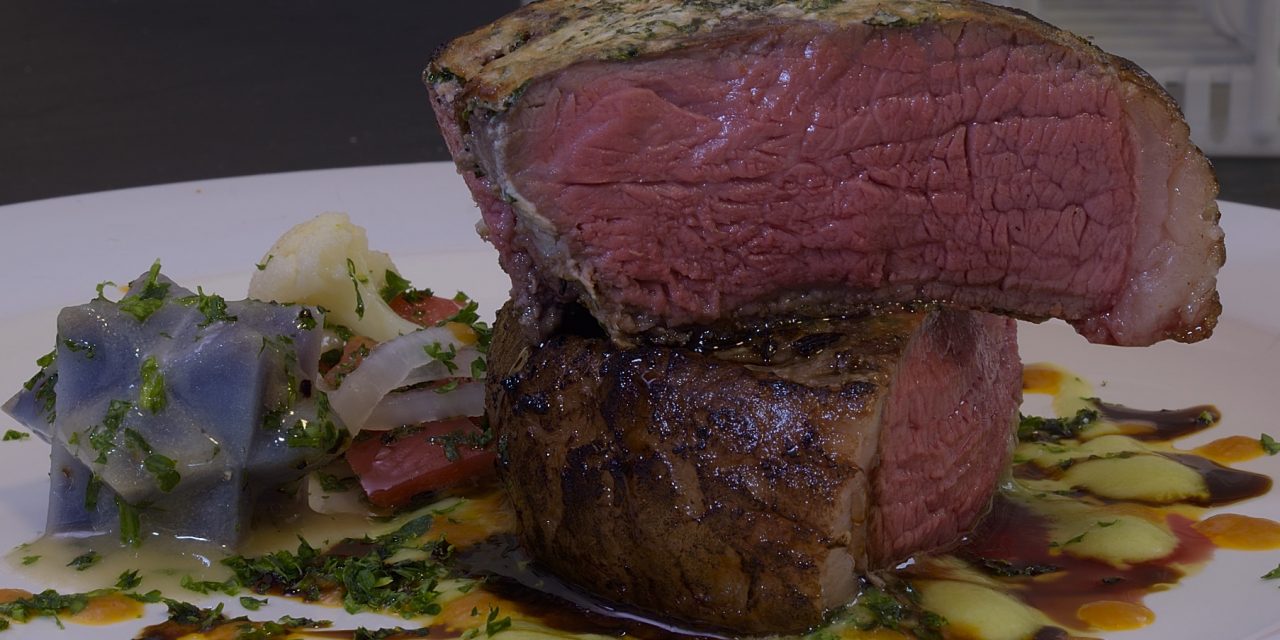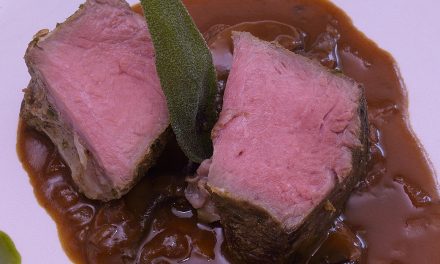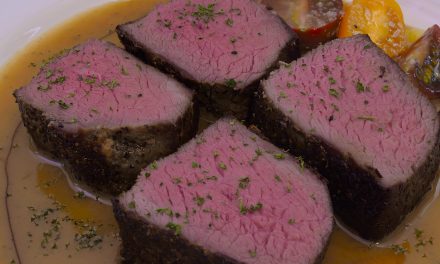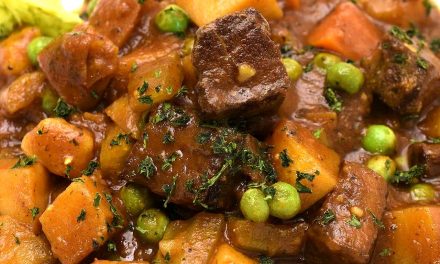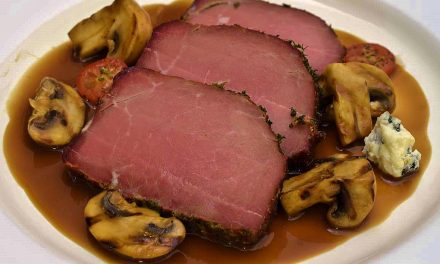Stop the insanity
No, this is not another high volume, blind ambition driven self help program designed to jump start our true potential as hard driving individualists. This is a recipe/article about how to sous vide process and then finish a particular cut of meat. There is, however, some controversy.
People argue ad infinitum about what qualifies as a picanha, what it should look like, how it should be cut, how it should be cooked, how it should be served, and even whether it is tough or tender. The debate extends to its actual spelling, either picahna or picanha. Some fanatic picanha-ites even insist that the cut is not available outside of Brazil, as if South American butchers possessed secret knowledge of butchery or that the cattle raised on the Pampas were somehow genetically distinct and anatomically unique. I do not settle disputes. I just cook.
At the other end of the spectrum, people frequently ask if a culotte steak is the same thing as a skirt steak. Good humor aside, I think I can settle that debate. It is not.
You can do this!
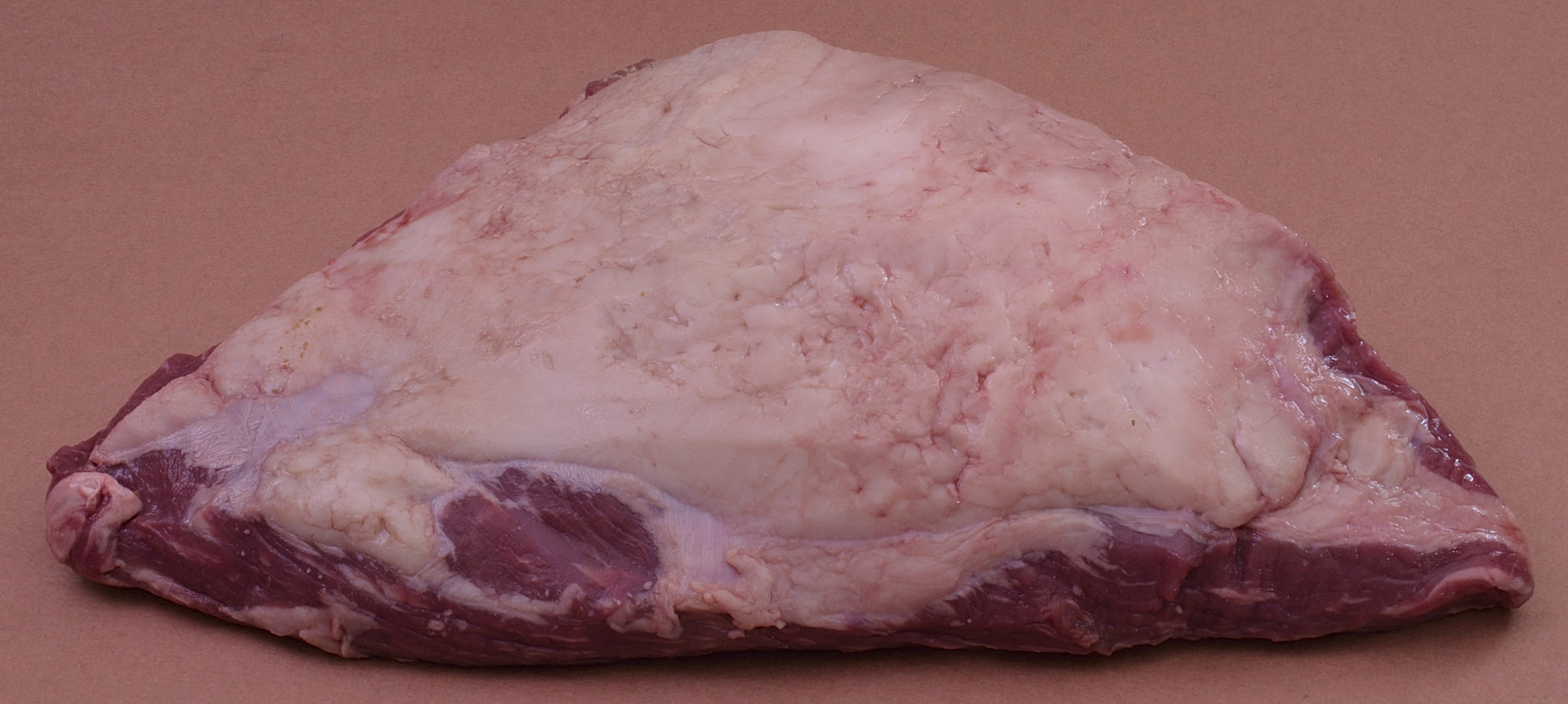
Another complicating factor is that regardless of what we call it, this cut of meat does not usually appear as such in butcher cases at the market. It is more often sold without specific reference, bundled along with the other muscles in the top sirloin grouping. This means you almost have to buy the whole top sirloin and fabricate the picahna/culotte yourself. We explain exactly how to do this in the article You don’t have to be a butcher. The technical butcher’s nomenclature is 184D.
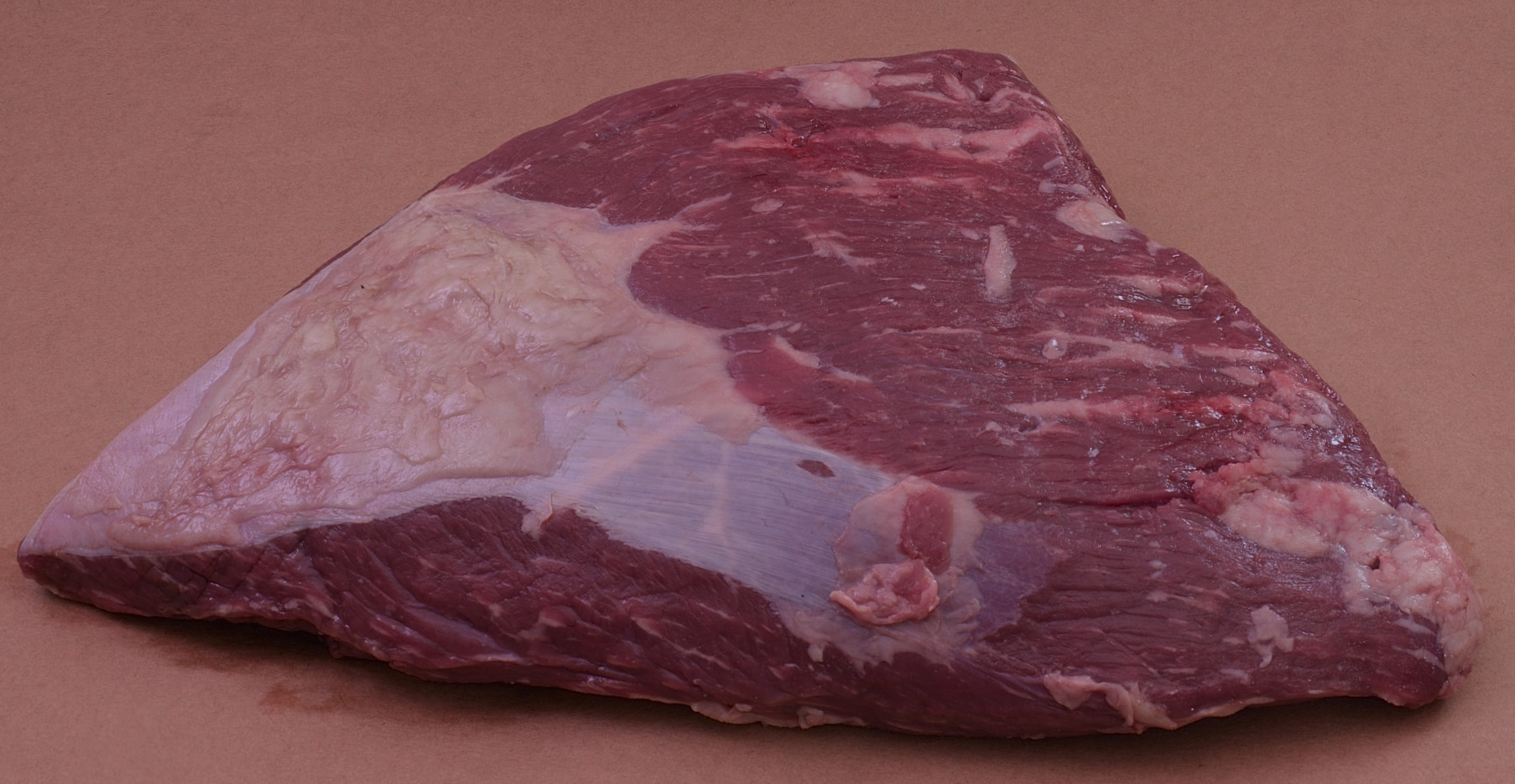
Based on the assumption that you have actually acquired this particular sub-primal, and with no consideration of any of the other mitigating factors whatsoever, we will point out that the most accurate but least romantic term for this cut of meat is “top sirloin flap” or “cap.” Steers are like airplanes; they have lots of flaps, but this flap is specific to the top sirloin.
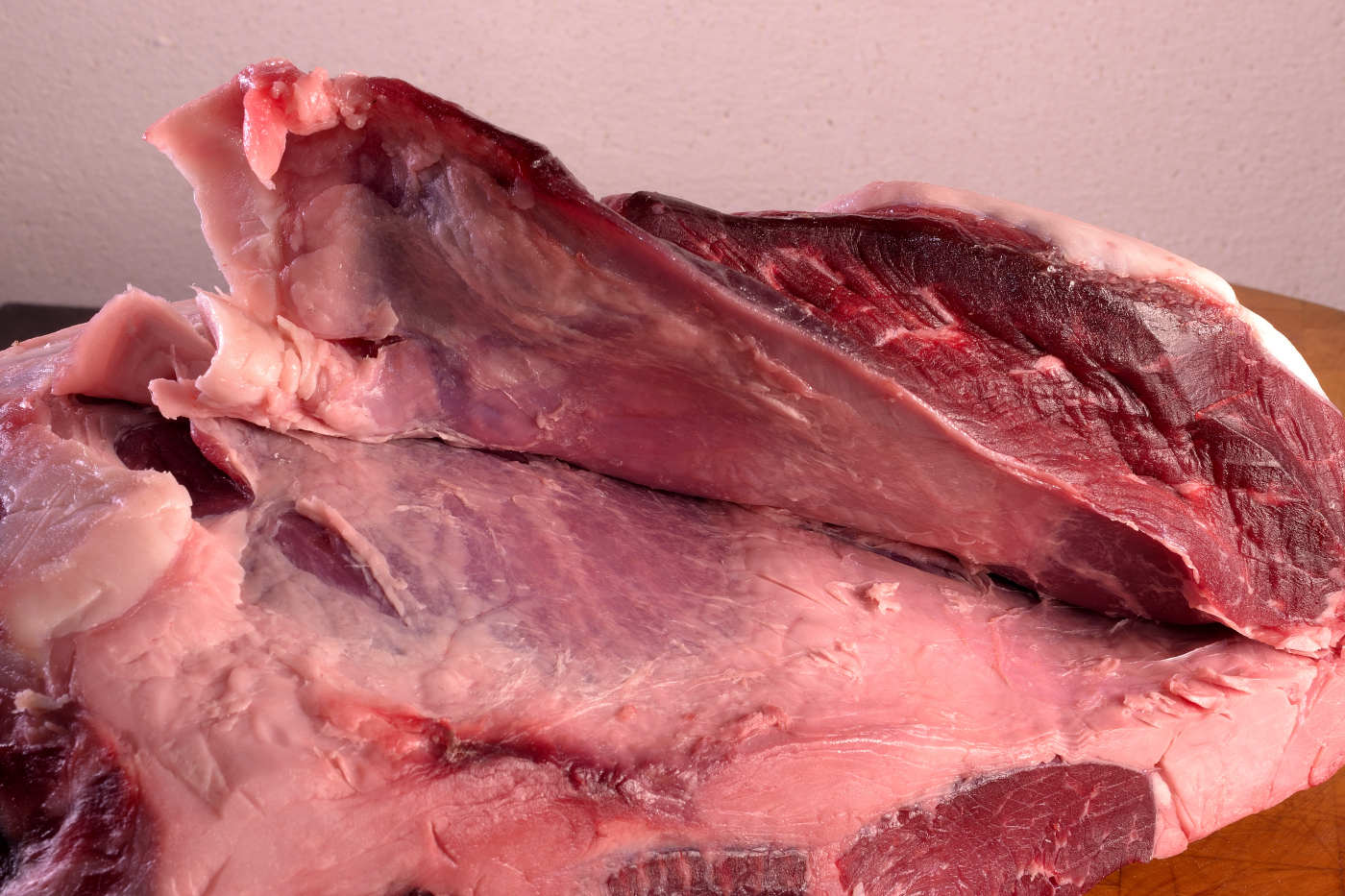
We explain its exact location and other details in an article/commentary linked HERE.
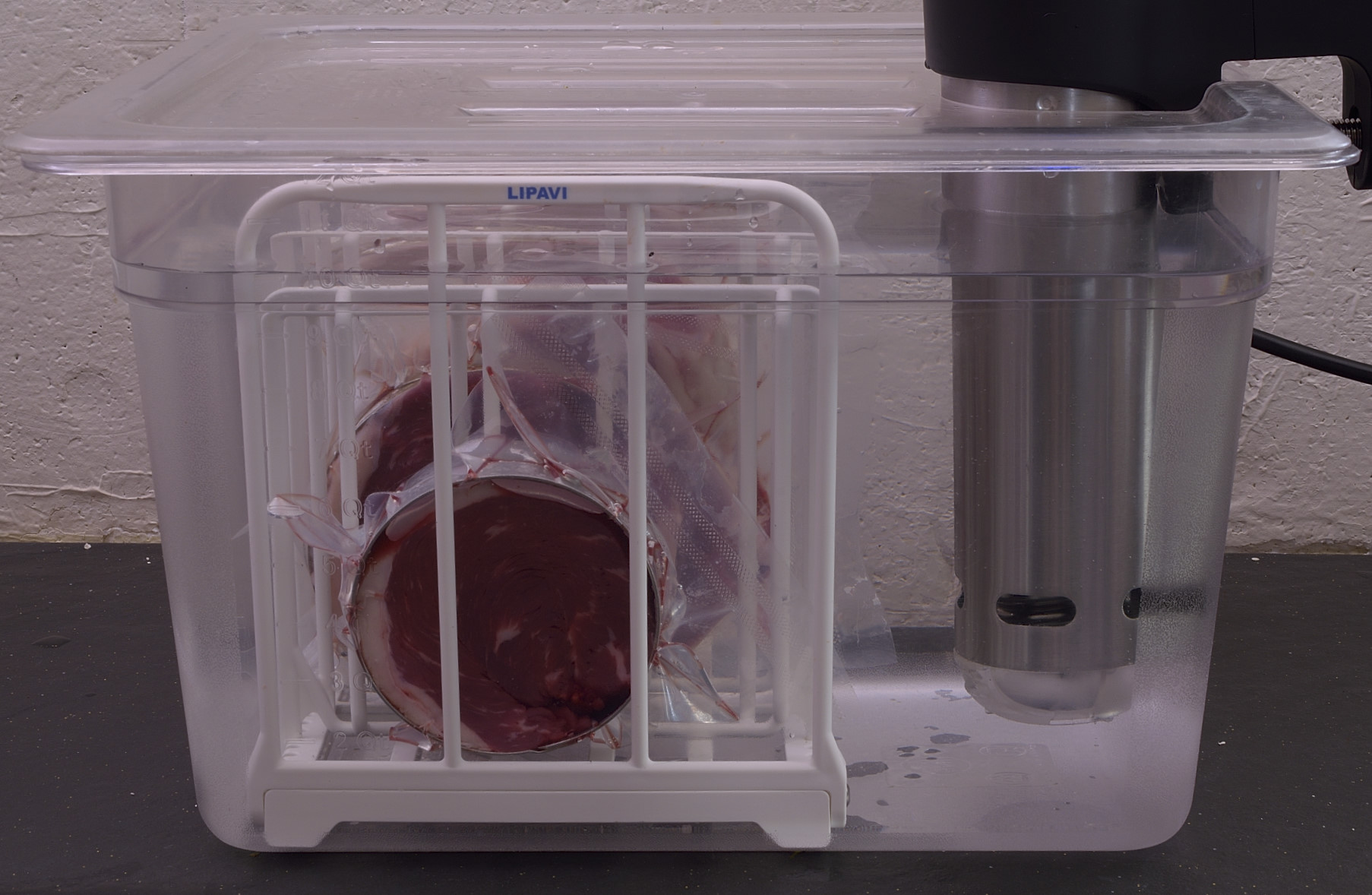
Above: WAIT! How did we get here? Read on.
Weights and measures
This culotte/picanha weighed just over 2 lbs/1 Kg, which is fairly typical. It is not as tender as other “steaks/roasts,” would that there was a legal definition of either of those terms. As far as I can tell, a steak is a piece of meat somewhat smaller than a roast. Beyond that, I guess either one could be just about anything, tough or tender.
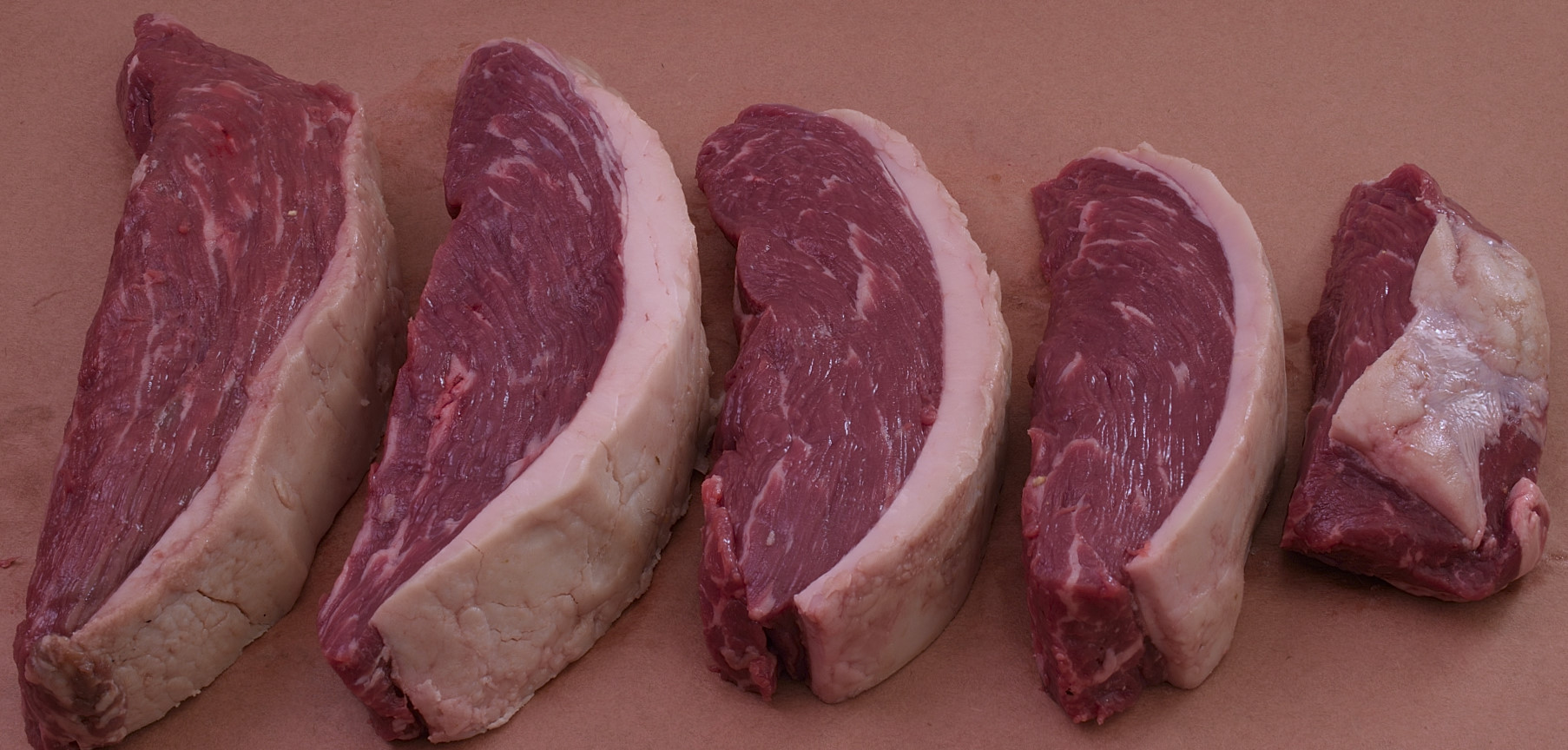
Four and a half steaks, I will let you do the math.
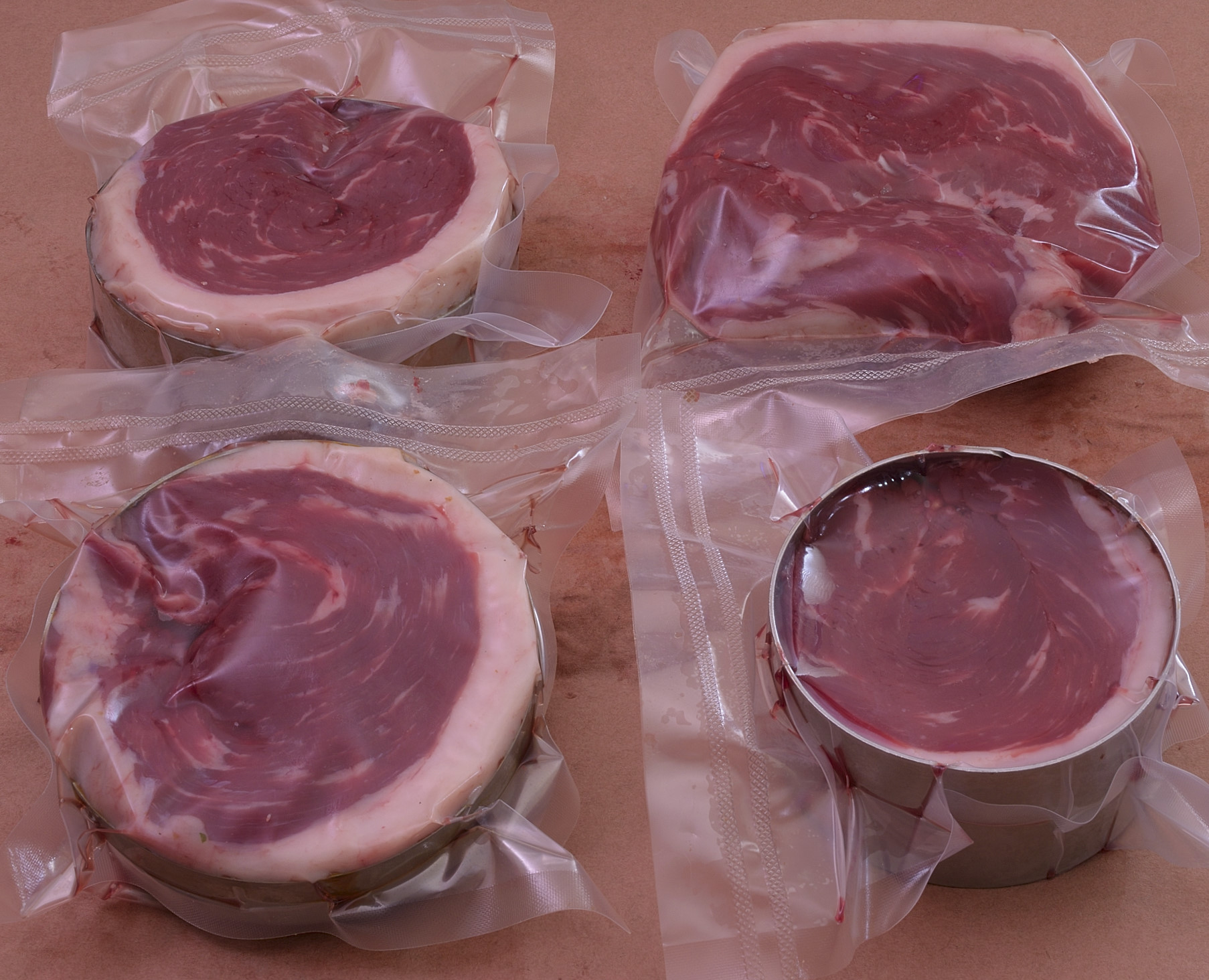
I curled them up and squeezed them into metal rings.
If you Google “picanha” you will see them skewered in a similar rounded shape.
130 F/54 C for 7 hours.
There is no “moment,” no stop watch driven instant whereupon the meat must be immediately removed from the bath. It could stay in the bath for 18 hours and the difference would be barely noticeable, if at all so.
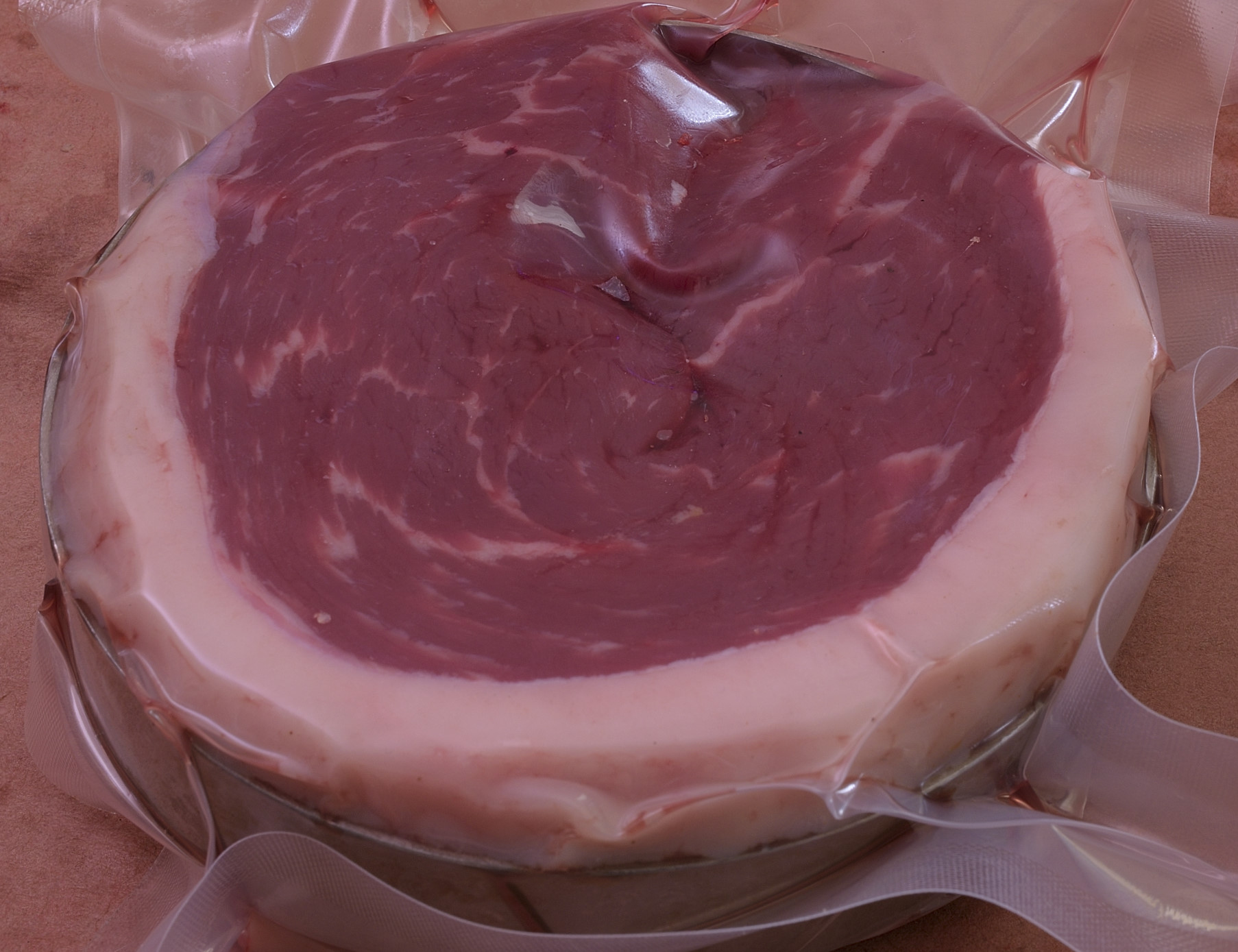
Once processing was completed, I shocked two of the packages in iced water to 70 F/21 C and refrigerated at 40 F/4 C. One observation–cold shocking and refrigerating may eventually cause the meat to lose some of the bright red color, which will be observed upon retherming. If you want your steak to be REALLY rare, the best practice is to sear and eat immediately after sv processing.
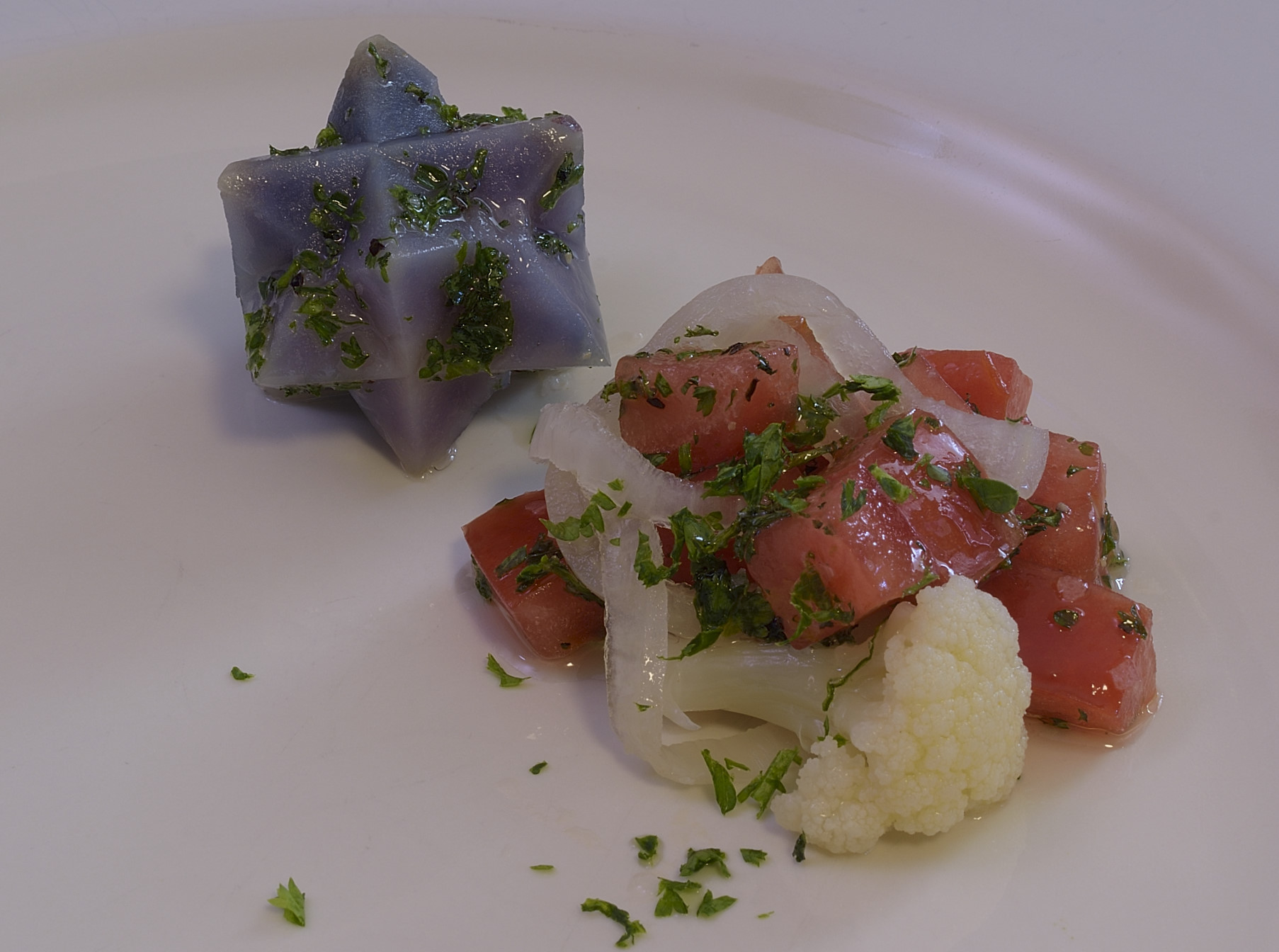
A simple assortment of cold stuff as garnish. The method for the potatoes is HERE.
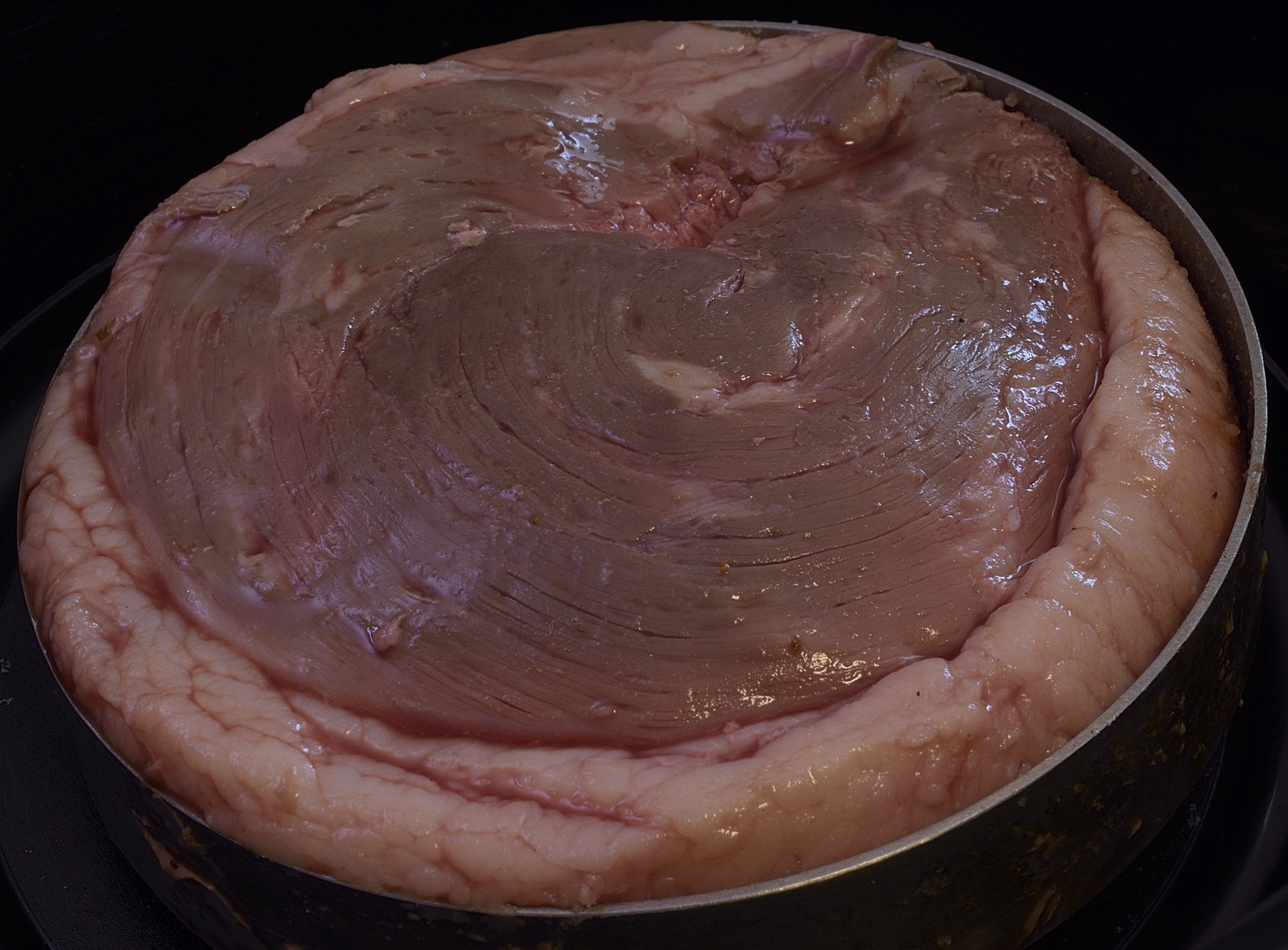
Pat dry.
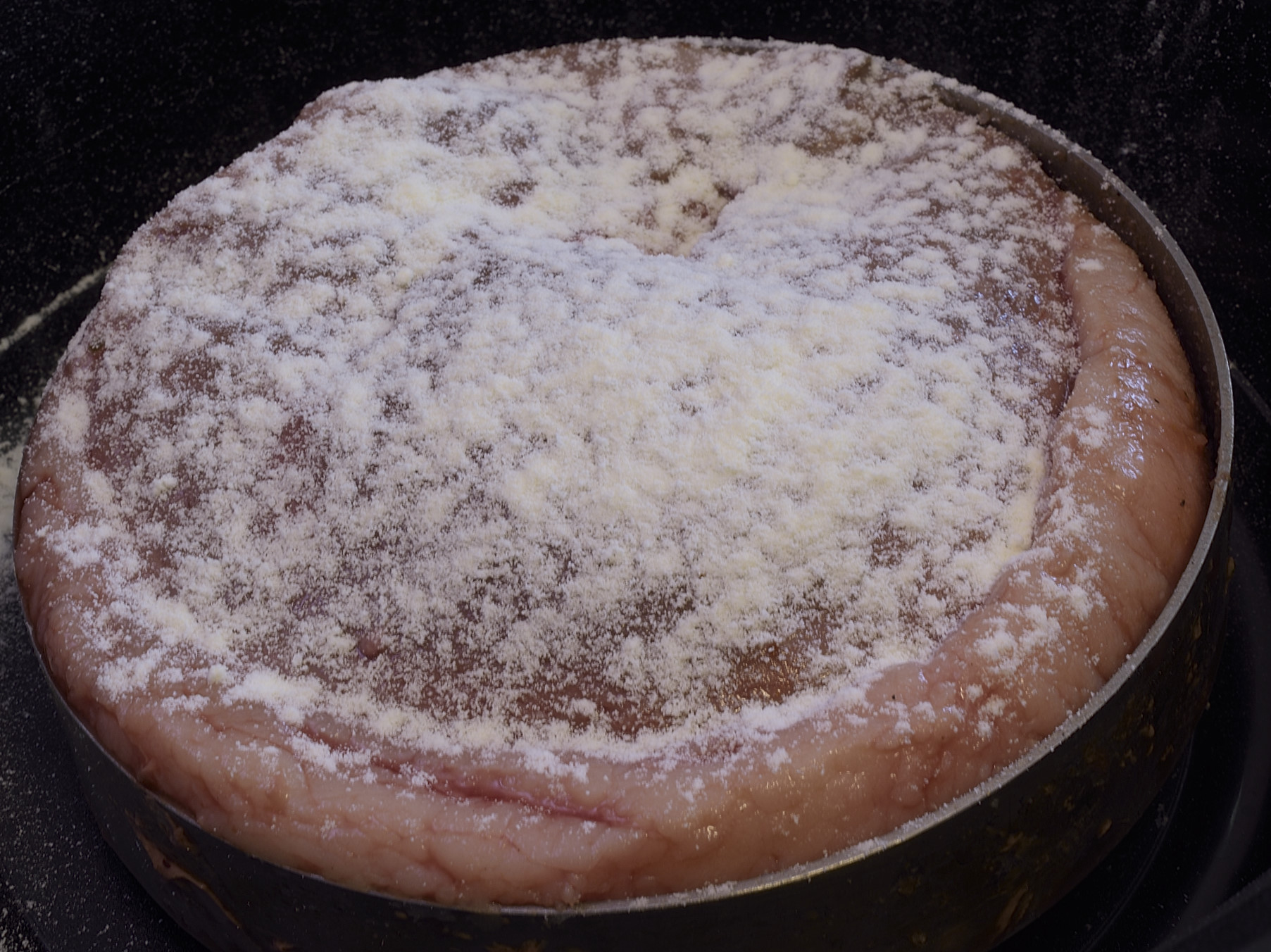
Dust with powdered egg white.
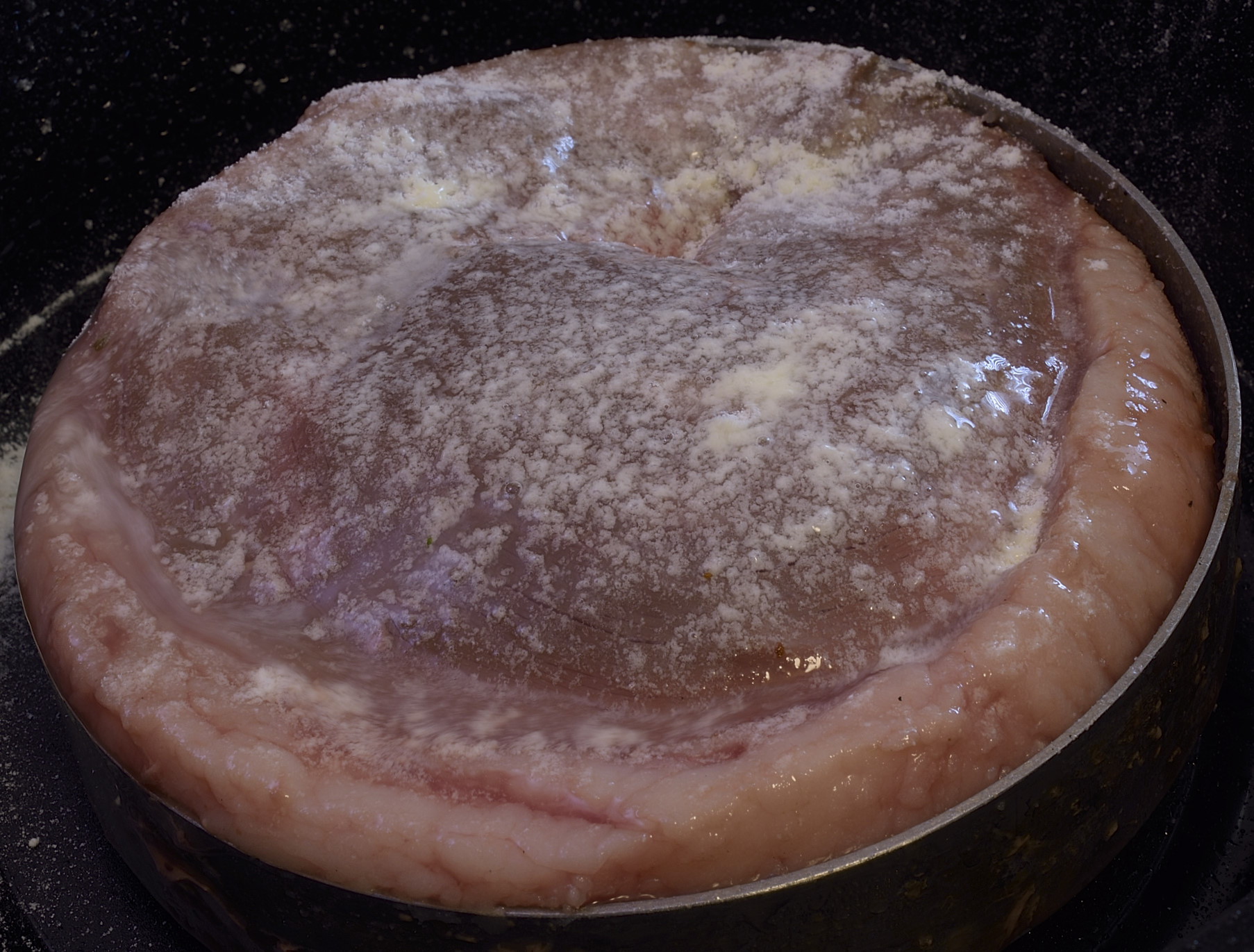
Mist with water to re-hydrate.
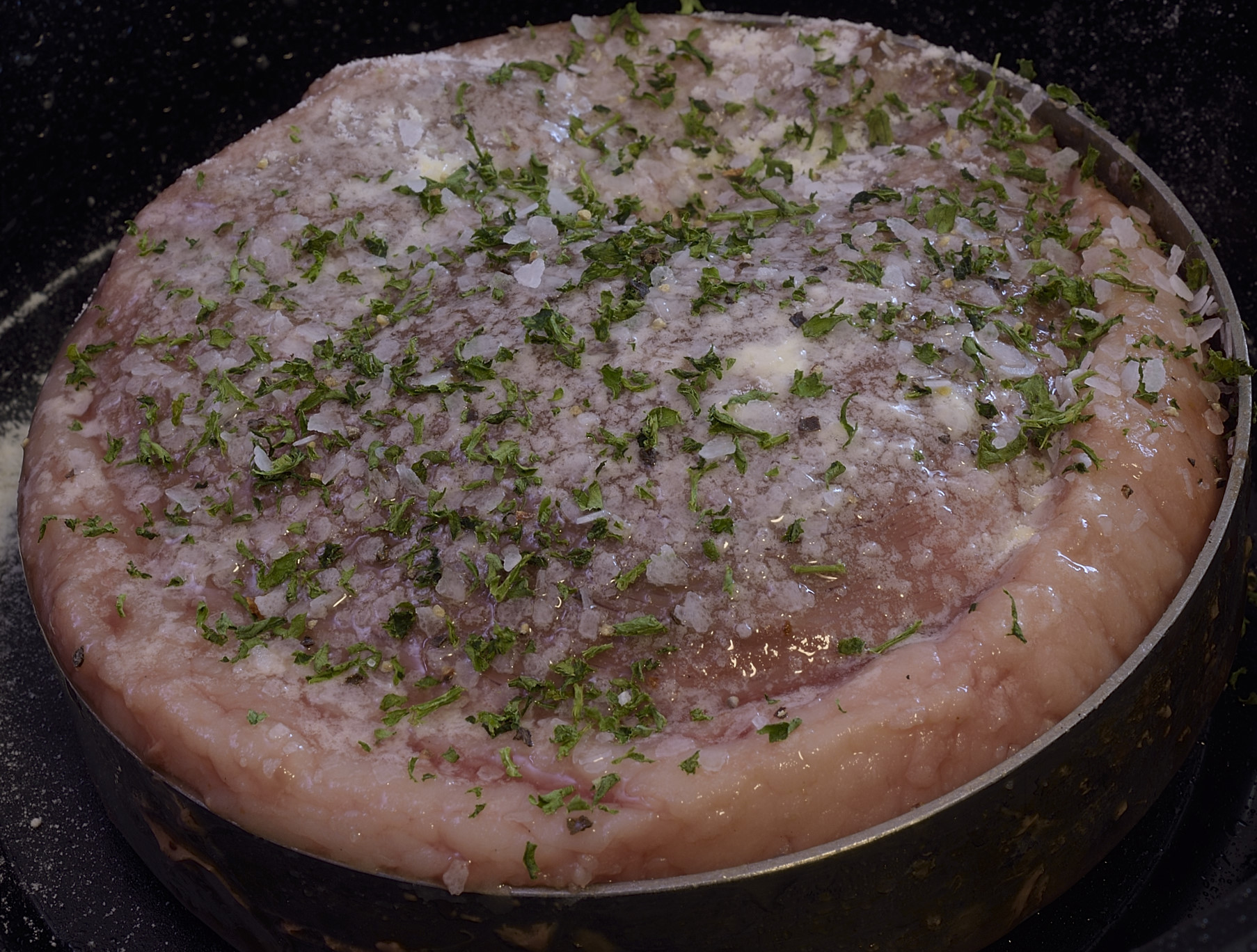
Sprinkle with your favorite seasonings.

Turn over to repeat the process.
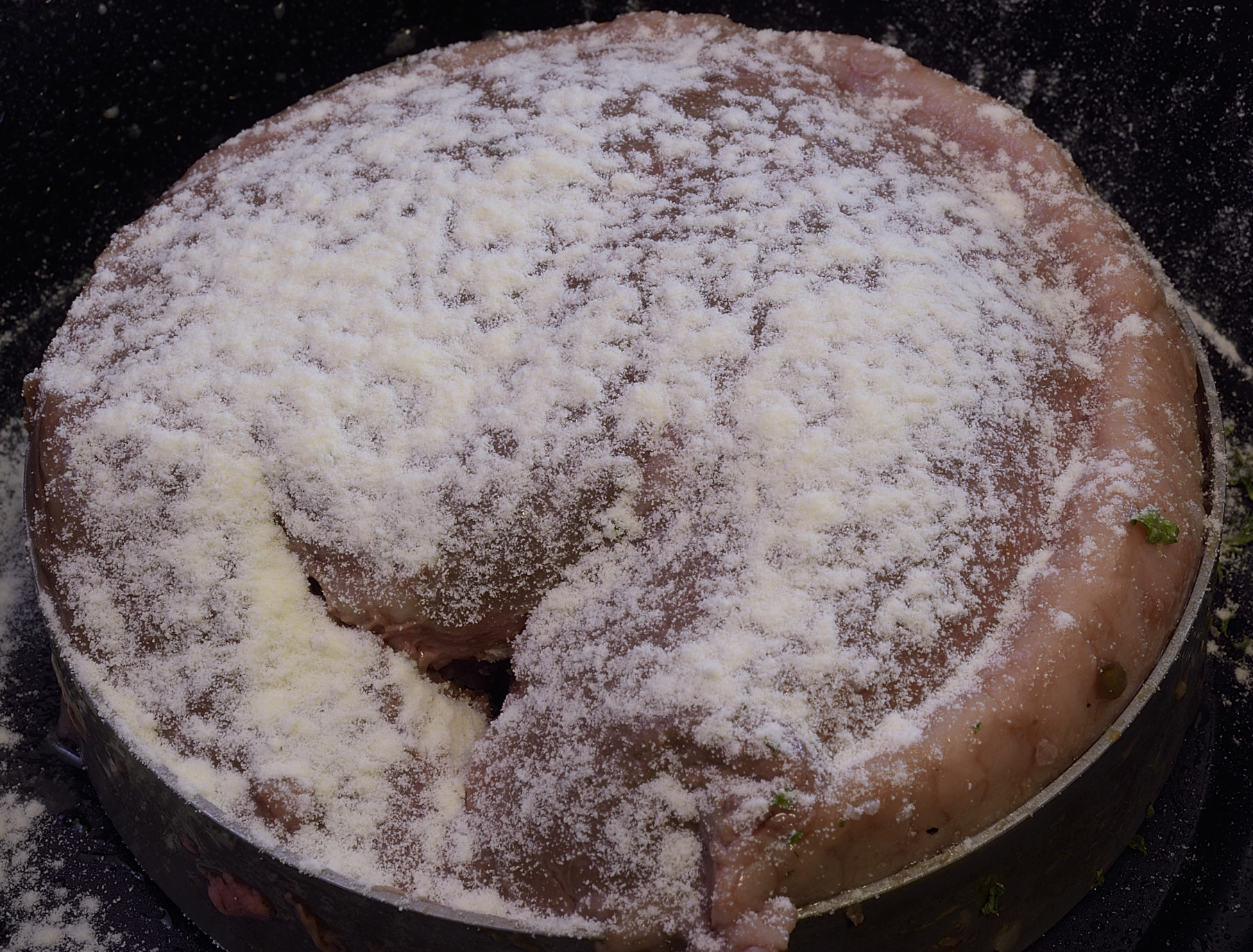
Egg white.
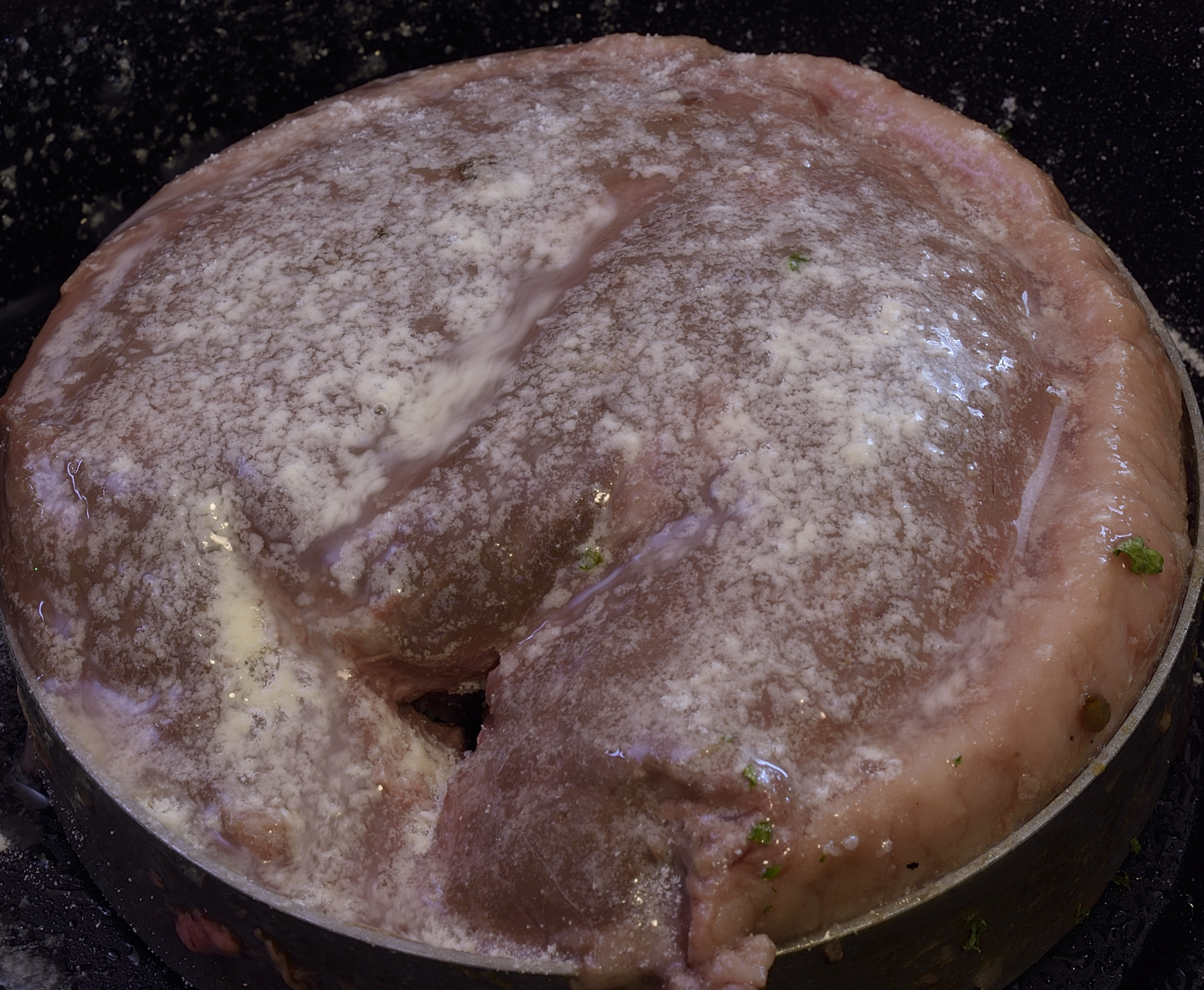
Mist, repeat after me.
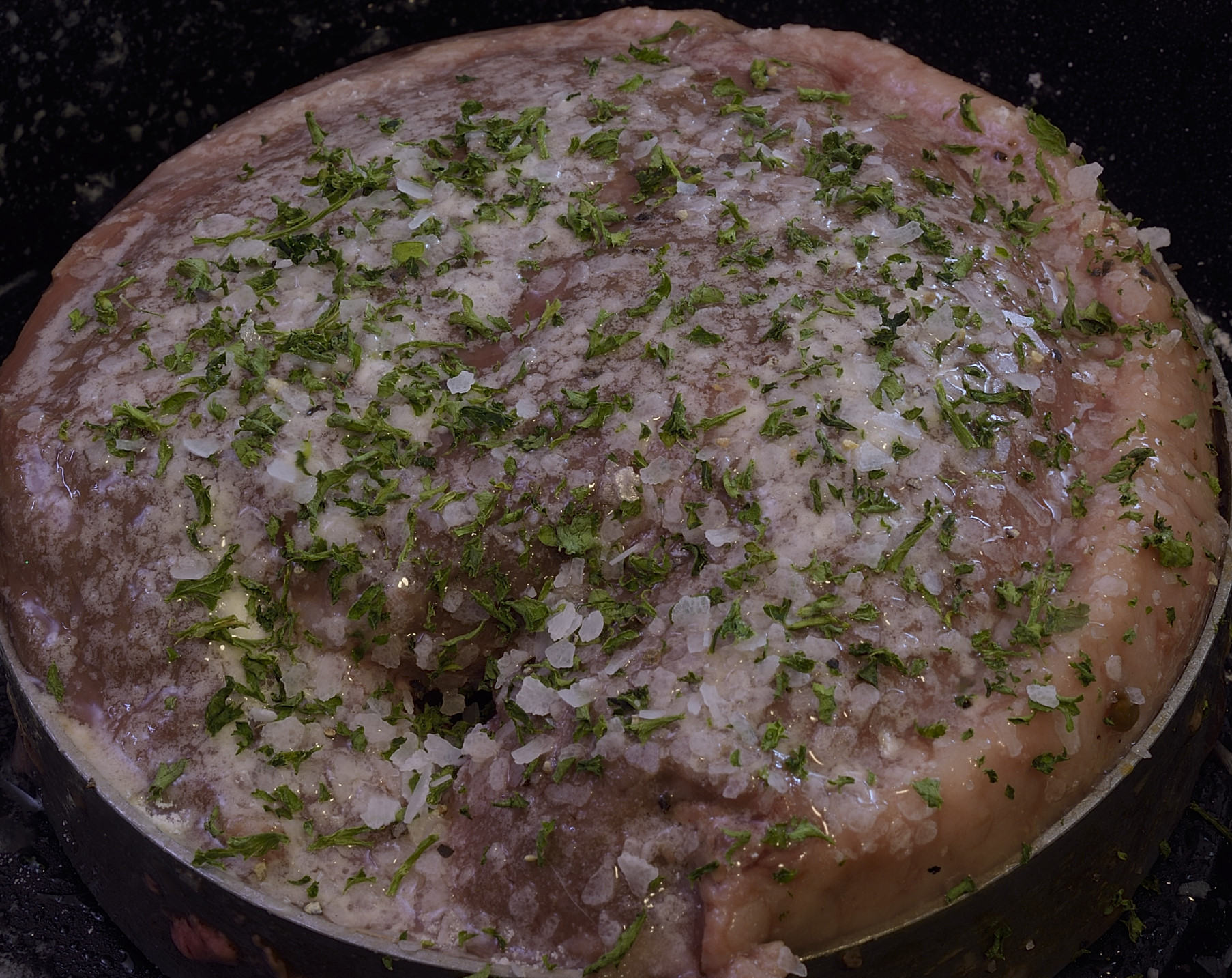
Sprinkle, set aside.
Preheat skillet to 350 F/176 C, oil lightly, add steak.
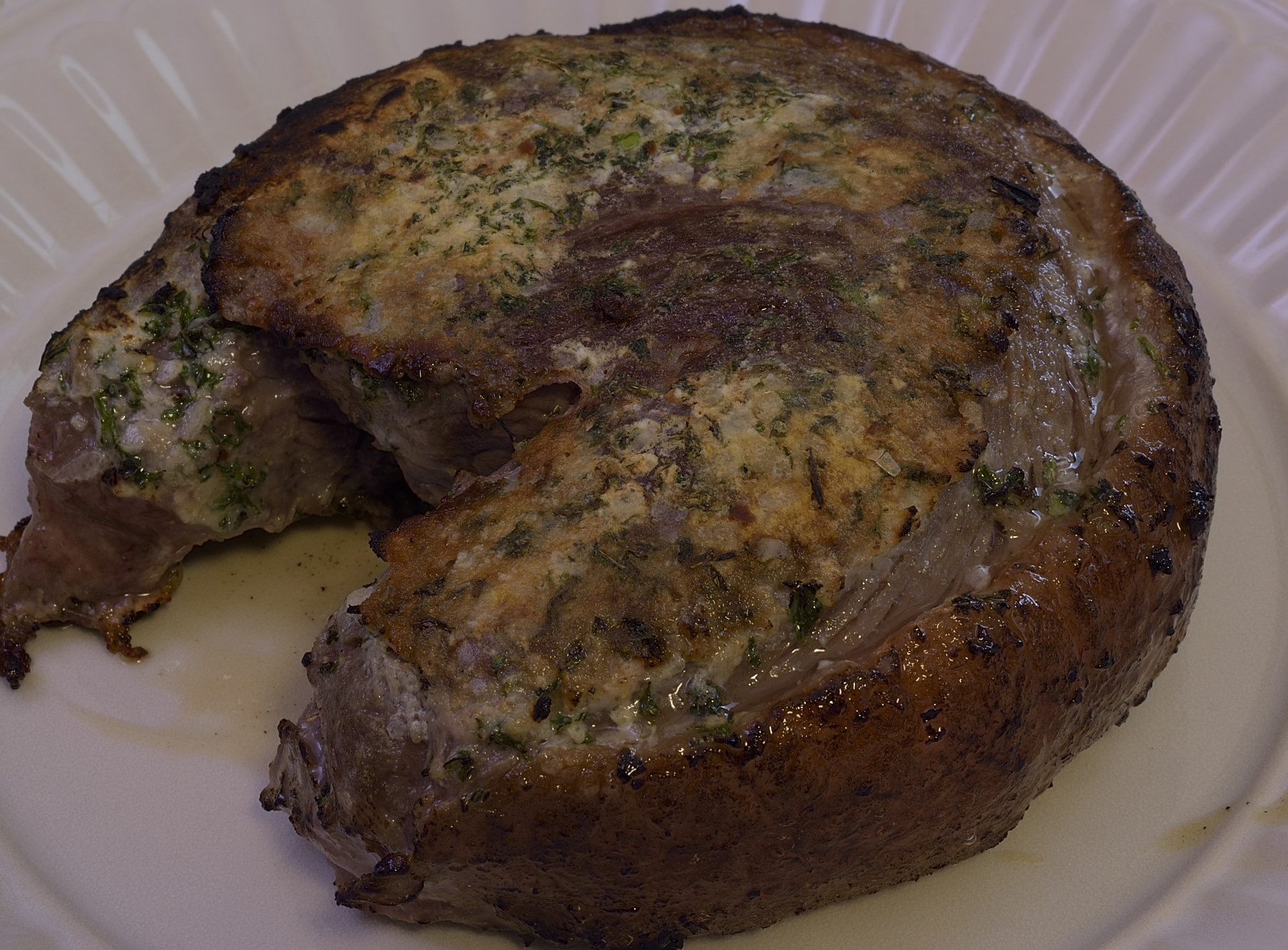
Sear on both sides and remove the ring. Use tongs and a fork.
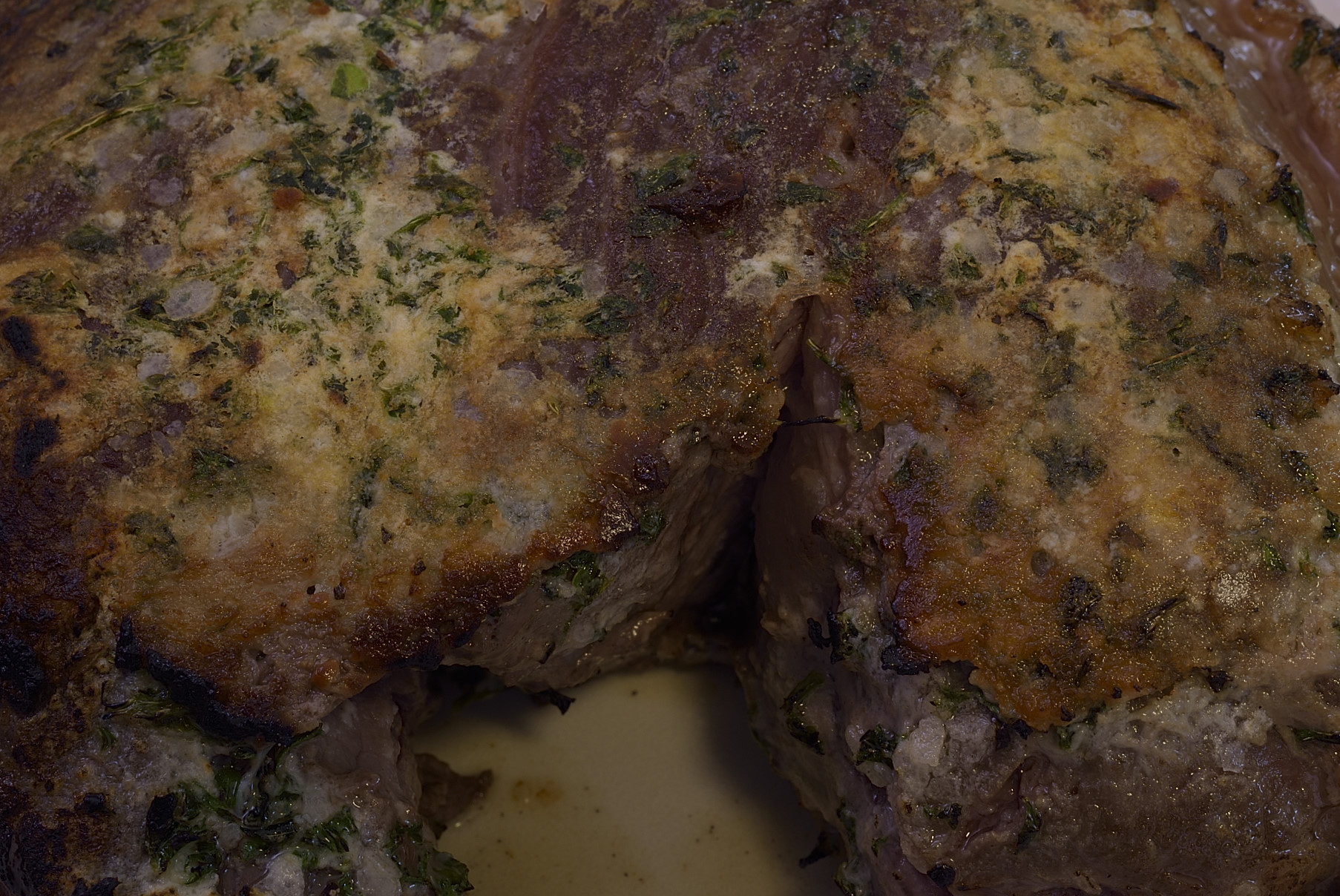
Crust.
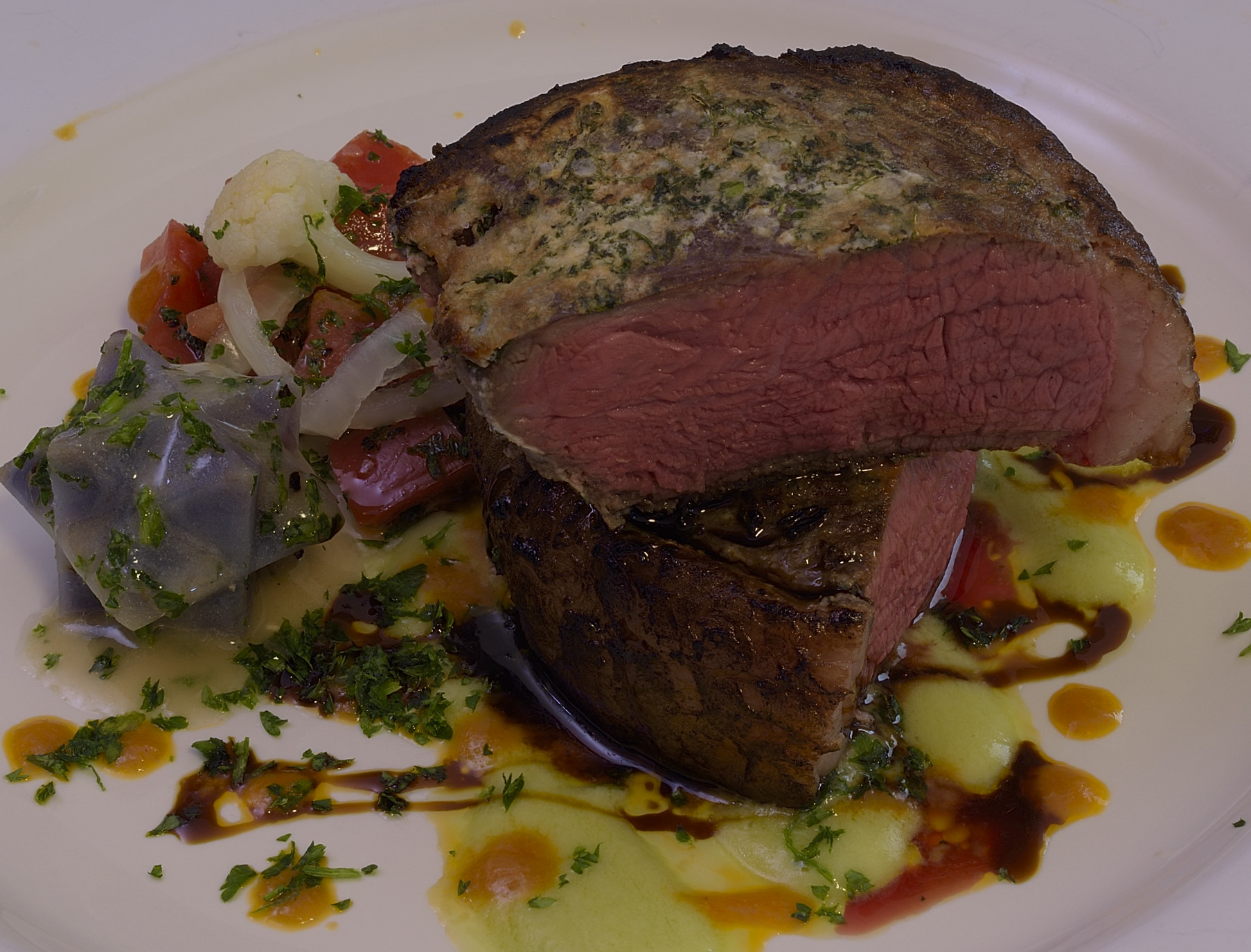
Lemon avocado vinaigrette. Glace de viande.
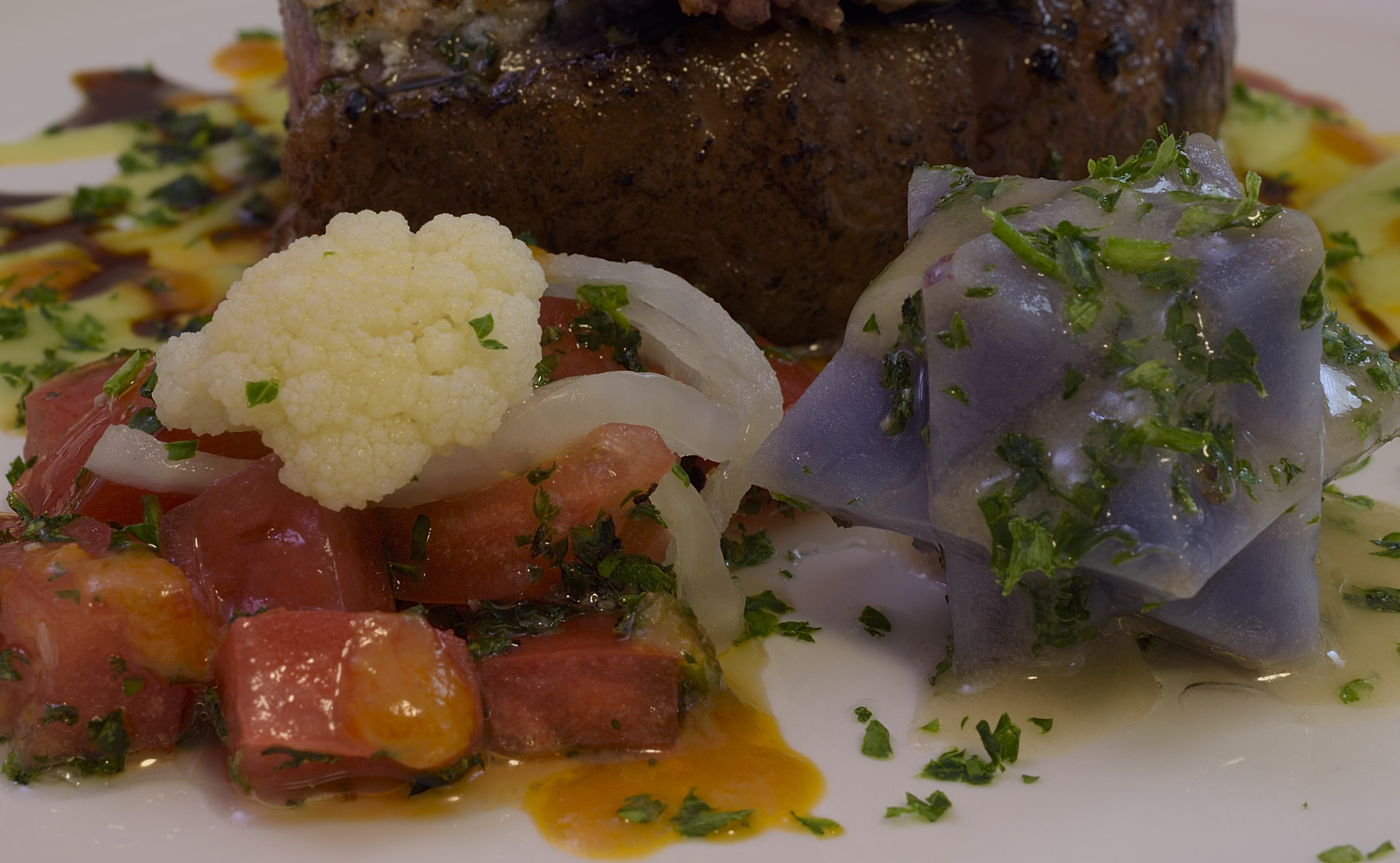
Catalina Vinaigrette.
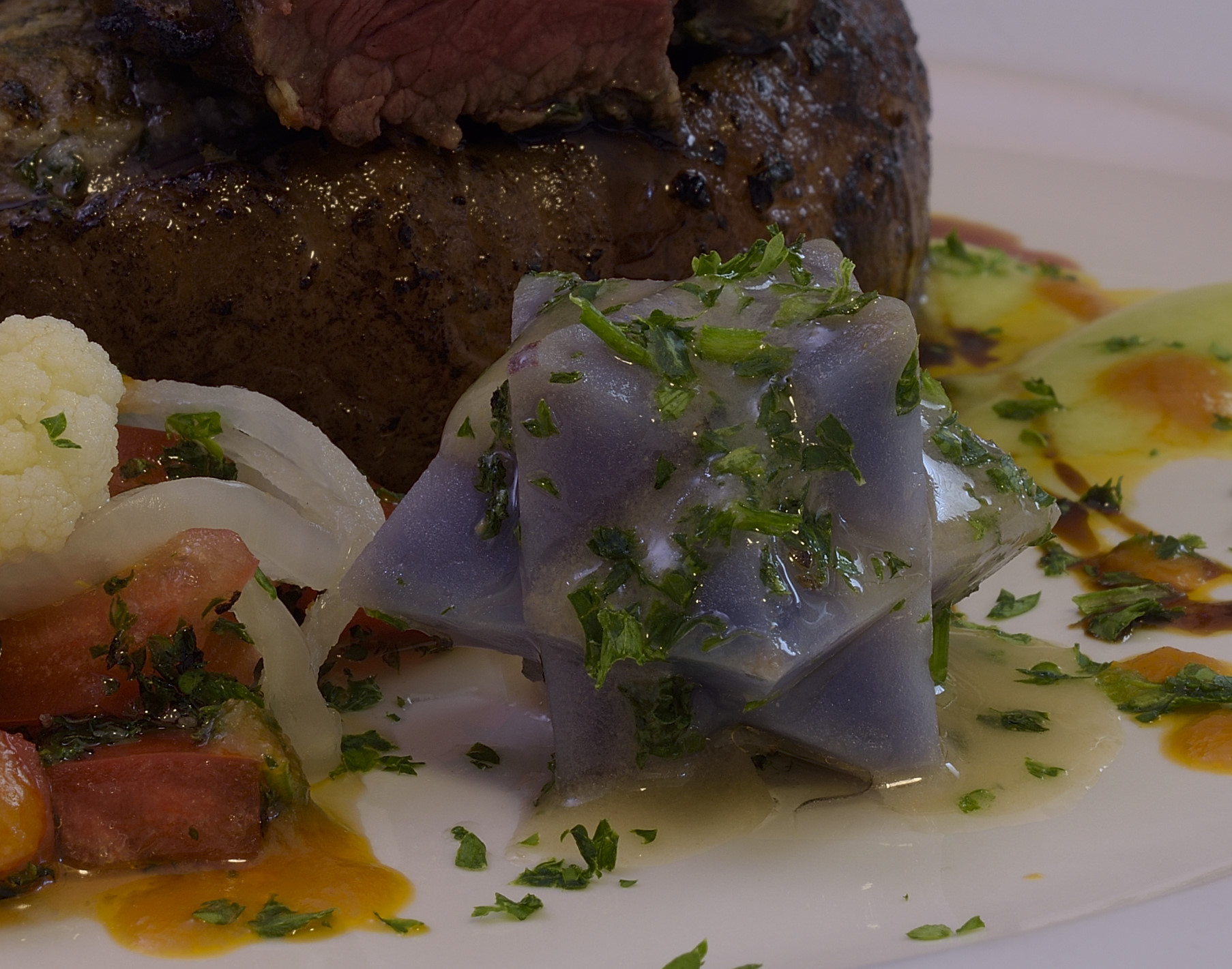 Money.
Money.
Coming down the stretch
Finishing and serving simply yet properly will make the most of your sous vide processed protein. Sous vide technology itself says nothing about what to do with proteins after they have been processed. If you have come this far, you know that sous vide processed foods are generally not eaten “out of the bag.”
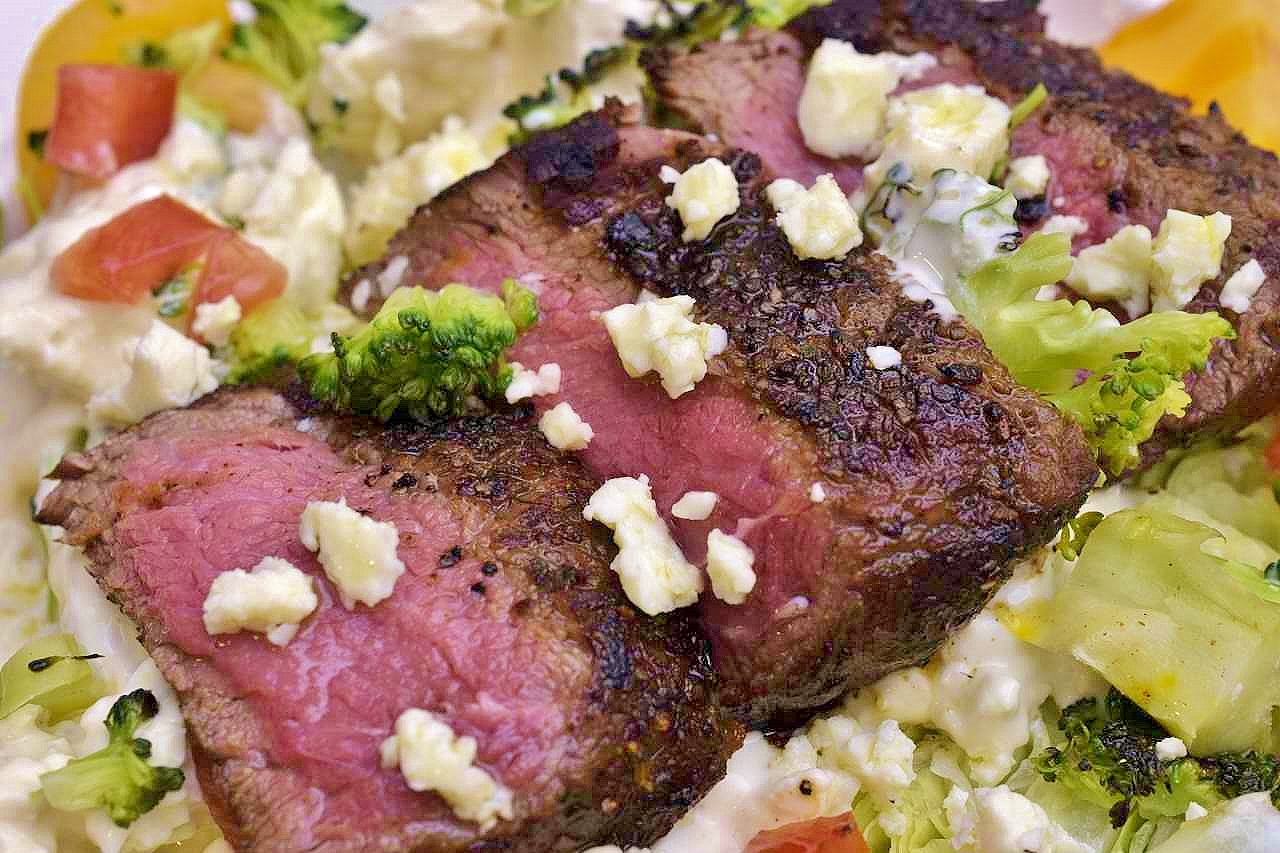
Above: iceberg wedge salad with grilled culotte and blue cheese.

